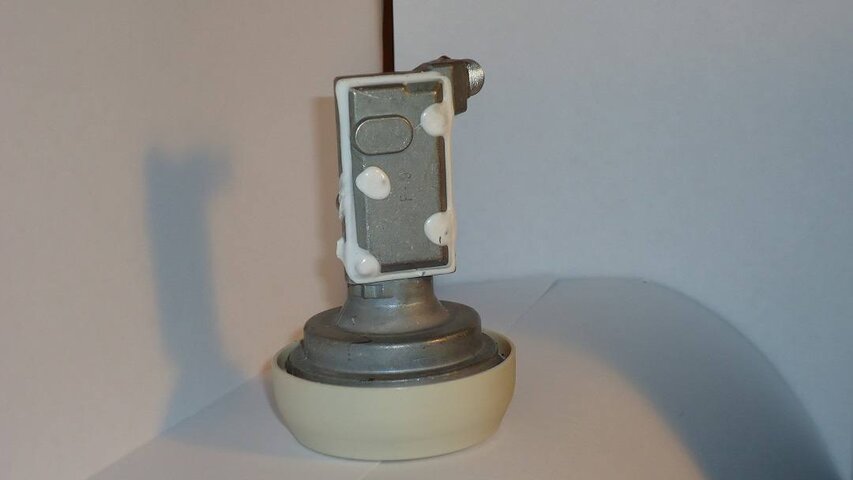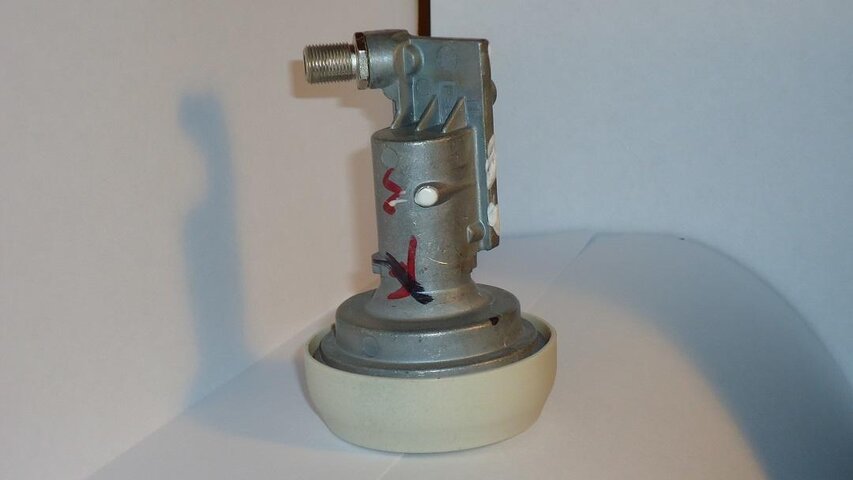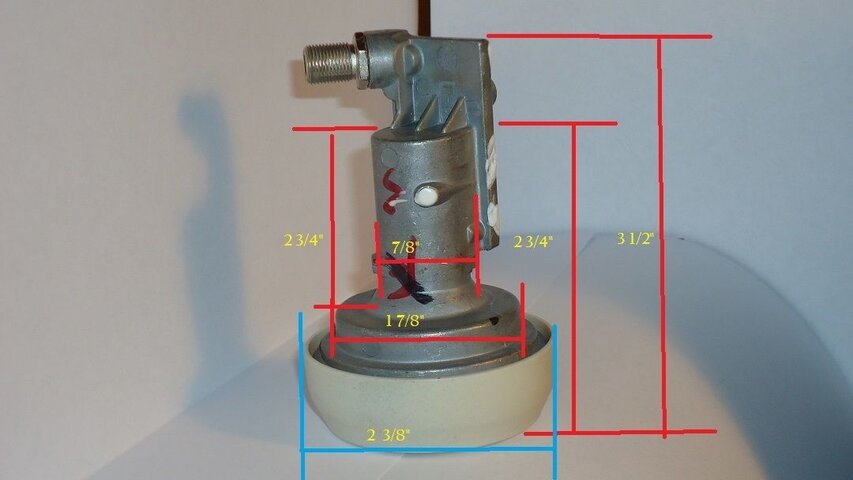naked pictures, please
I almost started my own thread last week.
But since this thread is active again, it's as good a place to ask as any ...
A while back, I asked for photos of another brand Universal dual-output PLL LNBF.
Needed pictures of the sealed metal module just under the plastic shell.
Two members responded immediately, to my surprise.

I wanted to know the diameter and length of the feed tube (waveguide) between the back of the scalar and the larger LNB body.
The idea was to cut off the scalar, thread the tube, and screw it into an Invacom AF120 scalar, and use it on a BUD for Ku only.
Didnt look promising (well, not easy).
Since then, I've come up with a different plan, to maybe bolt two GeoSatPro PLL Standard LNBs to an ortho feed.
Single outputs would be fine; Standard 10750 LO would be preferable.
But to know if the idea has an easy mechanical solution, I would like to see this PLL LNBF without plastic shell.
If anyone has one apart, could you measure waveguide (outside) diameter and length, please?
Thanks




